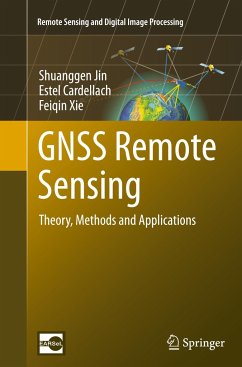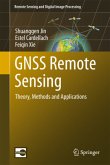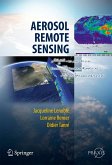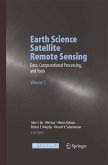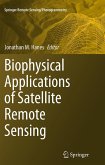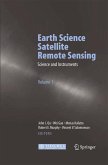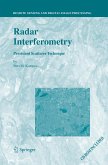The versatile and available GNSS signals can detect the Earth's surface environments as a new, highly precise, continuous, all-weather and near-real-time remote sensing tool. This book presents the theory and methods of GNSS remote sensing as well as its applications in the atmosphere, oceans, land and hydrology. Ground-based atmospheric sensing, space-borne atmospheric sensing, reflectometry, ocean remote sensing, hydrology sensing as well as cryosphere sensing with the GNSS will be discussed per chapter in the book.
From the book reviews:
"The book shows the possibility of using GNSS technology for multidisciplinary research, which is addressed here to a wide audience, representing the community of GNSS, meteorologists, hydrologists and others, from the area of earth sciences. I highly recommend this book to students and researchers who wish to learn about how to think about new possibilities of using GNSS technology in monitoring of the earth." (Jaroslaw Bosy, Pure and Applied Geophysics, Vol. 172, 2015)
"The book shows the possibility of using GNSS technology for multidisciplinary research, which is addressed here to a wide audience, representing the community of GNSS, meteorologists, hydrologists and others, from the area of earth sciences. I highly recommend this book to students and researchers who wish to learn about how to think about new possibilities of using GNSS technology in monitoring of the earth." (Jaroslaw Bosy, Pure and Applied Geophysics, Vol. 172, 2015)

